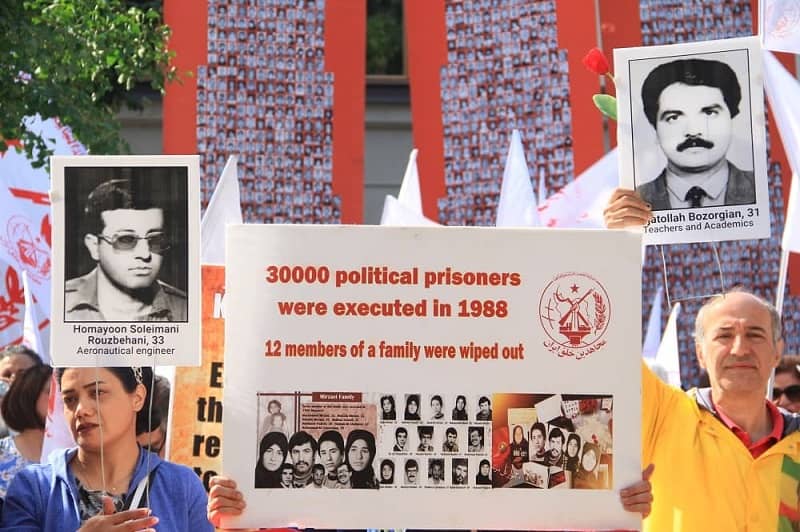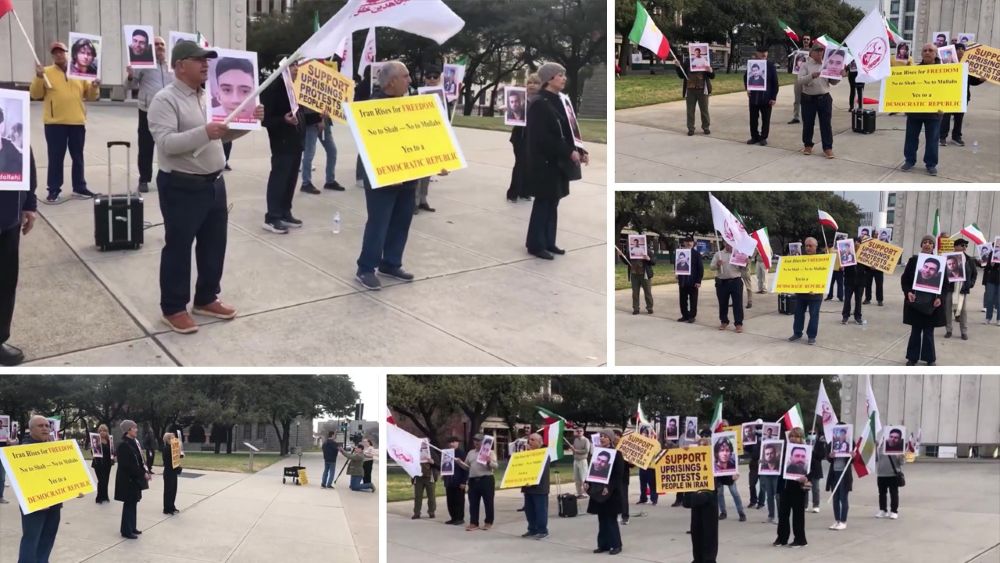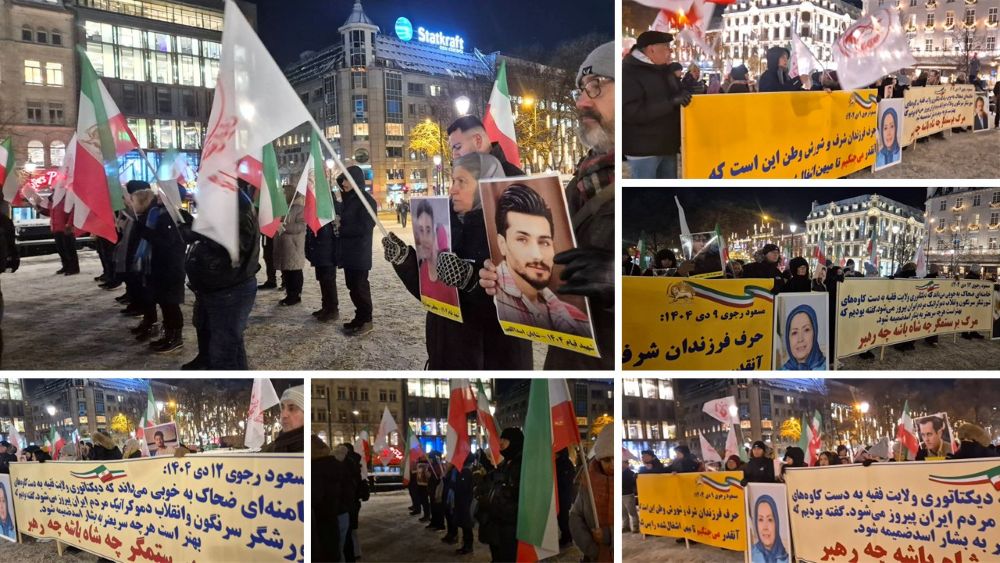
This week marked a turning point in the trial of an infamous henchman of the Iranian regime who is on trial in Sweden for committing crimes against humanity. Hamid Noury was arrested by Swedish authorities in November 2019 and put on trial for his involvement in the massacre of at least 30,000 political prisoners in 1988. The episode has been described as a genocide and crime against humanity by international experts and lawyers.
The majority of the victims were members of the principal opposition Mujahedin-e Khalq (MEK). On Tuesday, March 8, the lawyer representing the MEK during the Noury trial offered clear evidence regarding the 1988 mass killings in Iran. The evidence provided by Kenneth Lewis was enough to force Noury to confess to the premeditated nature of the killings despite his initial dismissals.
Mr. Lewis presented to the court an interview with the regime’s current president, Ebrahim Raisi, who was involved in the 1988 massacre. In the interview with Al-Jazeera, Raisi admitted to the 1988 mass killings. During the June 2021 presidential sham “elections,” the Iranian people overwhelmingly boycotted the vote, calling Raisi the “1988 henchman.”
In the Al-Jazeera interview, Raisi said that in 1988, Khomeini issued a ruling, condemning all the MEK and their supporters as enemies who “waged war on God,” the punishment for which was execution. Raisi then praised Khomeini’s action and added that “future generations should be grateful to him.”
Although the regime has tried to cover up the mass killings as a matter of policy, other officials have underscored the significance of the massacre. During the trial in Sweden, Mr. Lewis presented an archive page of the state-run Iranian Ettelaat newspaper, dated May 30, 1990, in which Mohammad Yazdi, the regime’s then-Judiciary Chief, acknowledged that Khomeini, then-Supreme Leader, had sentenced the MEK to death in a judicial verdict written by Khomeini himself.
The court also saw a letter by the Iranian Resistance Leader, Mr. Massoud Rajavi, to then-UN Secretary-General Pérez de Cuéllar, dated August 25, 1988. In the letter, Mr. Rajavi wrote, “On August 14, 15, and 16, alone, 860 corpses belonging to the executed political prisoners were transferred from Evin Prison in Tehran to the Behesht-e Zahra Cemetery.” Mr. Rajavi referred to a fatwa by Khomeini to execute all MEK prisoners, which led to the killing of tens of thousands of political prisoners.
Mr. Lewis also played audio recordings of the speeches of Mohammad Moghiseh, aka Nasserian, and another regime official, Ali Razini. They had both tried to warn Hamid Noury a few days before his trip to Sweden that he may get arrested. Nasserian was Noury’s boss in Gohardasht prison in Karaj during the 1988 massacre. Ali Razini, the Deputy of Legal Affairs and Judicial Development of the Judiciary, also refers to Noury as an “interrogator” in the recordings.
A visibly shaken Noury tried to dodge repeated questions but was finally forced to acknowledge that Khomeini had indeed issued the fatwa, the existence of which he had previously denied. “Whatever Ayatollah Raisi and officials say, I accept,” he acknowledged.
At the same time, Iranians, MEK supporters, and family members of the 1988 victims held a large gathering in front of the court to demand justice and accountability for the mass murderers involved. They urged the world community to hold the Iranian regime’s top officials, such as Raisi, accountable for crimes against humanity and genocide.
In 1988, Khomeini saw the MEK and its progressive interpretation of Islam as a serious threat to his reign and ideology. He embarked on a massive campaign to annihilate the MEK’s followers. Anyone in the regime’s prisons who refused to condemn the MEK and disavow them was sentenced to death in 1988. It is believed that over 30,000 prisoners, most of whom were MEK supporters, died in the span of a few short months.
Khomeini’s designated successor at the time, Ayatollah Hossein Ali Montazeri, told members of the Death Commission responsible for the killings, on August 14, 1988, “The People’s Mojahedin are not merely individuals; they are an ideology, and a world outlook. They have a type of logic. You cannot rectify wrong through killings; you would only proliferate it.”



